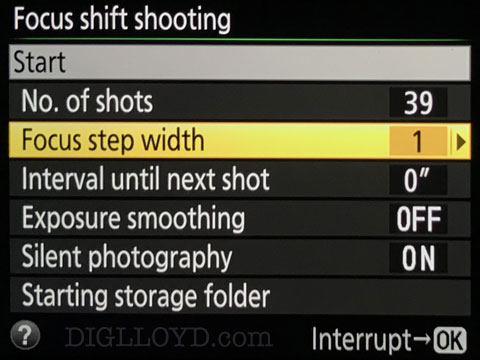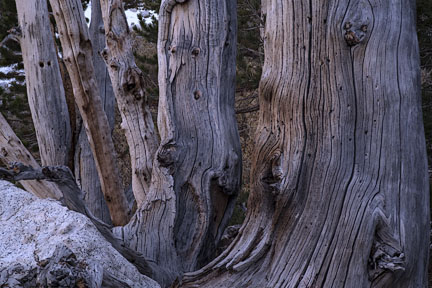Reader Comment: Automated Focus Stacking
Get Sony A7R III and Zeiss Batis and Sigma DG HSM Art at B&H Photo and see my Sony mirrorless wish list.
I like writing this kind of post. Thanks for subscribing if you like reading them, because this kind of thing displaces work for my publications to the extent it takes time.
Subscriber Brian K writes:
I find it hard to imagine that a software algorithm can ever replace a photographer to create “art”, but it might be possible to automate some elements of image capture to make it easier to record an “optimal” starting file which you then process according to your vision.
No clue if this particular product will prove useful. The concept of an inexpensive product that can automatically focus stack a subject is appealing to me, but the devil is in the details. How good of a job can it do and how much control do you have over the process?
The other things the software purports to do are less interesting to me. The auto-HDR might be useful, depending on how good of a job it does and the quality of the resulting files. But it isn’t that hard to shoot different exposures of a high dynamic range subject and then retain control over how they are merged in post. The long-exposure function is useless to me as I would rather capture it “right” using ND filters with a single capture at the appropriately long exposure.
...
Focus stacking is a huge hole at the moment in photography (though to be fair it has never been an option in the past). It’s important for many types of photos (macro, landscape, etc.) but there currently isn’t an “optimal" solution available. Yes there are ways to do it currently, but I don’t think any of them are ideal by any stretch.
My practical ideal would be for a camera to be able to automatically and rapidly take pics of a given scene with the foreground, midground, and background in focus. Perhaps with photographer input as to near and far focus points for the series. Also with photographer input as to how much to vary focus between shots related to the total number of shots to take. Also being able to set the overall aperture for the series. Relying on the camera to do the work based on focus at the sensor level to create an appropriate series of DNG files that quickly capture the specified focus range.
Then importing the series into LR or PS with a specific module available to process the images in the stack. Not having to rely on the quirkiness/availability/compatibility of Sony/Nikon/Canon software or third-party software for processing of the image stacks.
Having it all “in camera” or reliant on camera maker software seems like a potential problem—as the pixel shift ability of the Sony A7R3 made evident. While pixel shift has theoretical applications, it’s actual use is limited by factors at capture (i.e. the time it takes to capture all the pixel shift images) and also processing in post (i.e. reliance on horrible Sony software).
DIGLLOYD: as to pixel shift on Sony, it has been a disappointment (a science fair project in its effectiveness with various issues that I did not see with the Pentax K-1 (I have the Pentax K-1 Mark II coming sometime soon). See my pixel shift series in my review of the Sony A7R III.
The Nikon D850 automates focus stacking superbly well (but only for autofocus lenses). See my focus stacking examples in my review of the Nikon D850.
I shoot it in RAW with the focus stepping feature. I never use JPEG. It seems crazy to expend all the effort on stacking (post processing) and to start with inferior images where white balance and exposure and so on cannot be adjusted well—that’s nuts.zz
See my focus stacking section in Making Sharp Images as well as pages with focus stacking interest. For the D850 settings and such, see Nikon D850 'Focus Shift shooting' feature for Easy Focus Stacking.
Photoshop focus stacking is poor at best. Forget about it. Use Zerene Stacker or Helicon Focus.
As for the settings: yes focus on the closest point, and the camera does the rest; set it to take enough images to get to infinity, otherwise it can keep right on going and take 4 or 5 frame so more *past* infinity. The hang of it comes pretty quickly with experience. For example, an 18mm lens with a scene focused 1/2 meter out usually can be done in 3 frames at f/11. But when going to 105mm, you'd need 30 and maybe 50 frames at that distance (from 1/2 meter to infinity). The camera figures it out, which is a beautiful thing.
The optimum number of images depends heavily on the near-to-far range, the focal length, the aperture. Figure on f/8 or f/11 or a lot of headaches (e.g. movement that needs to be retouched if there is any wind, thus making every frame different in movable areas).




NIKON D850 + Nikon AF-S 105mm f/1.4E ED
[low-res image for bot]

NIKON D850 + 60.0 mm f/2.8 @ 60mm
[low-res image for bot]




























